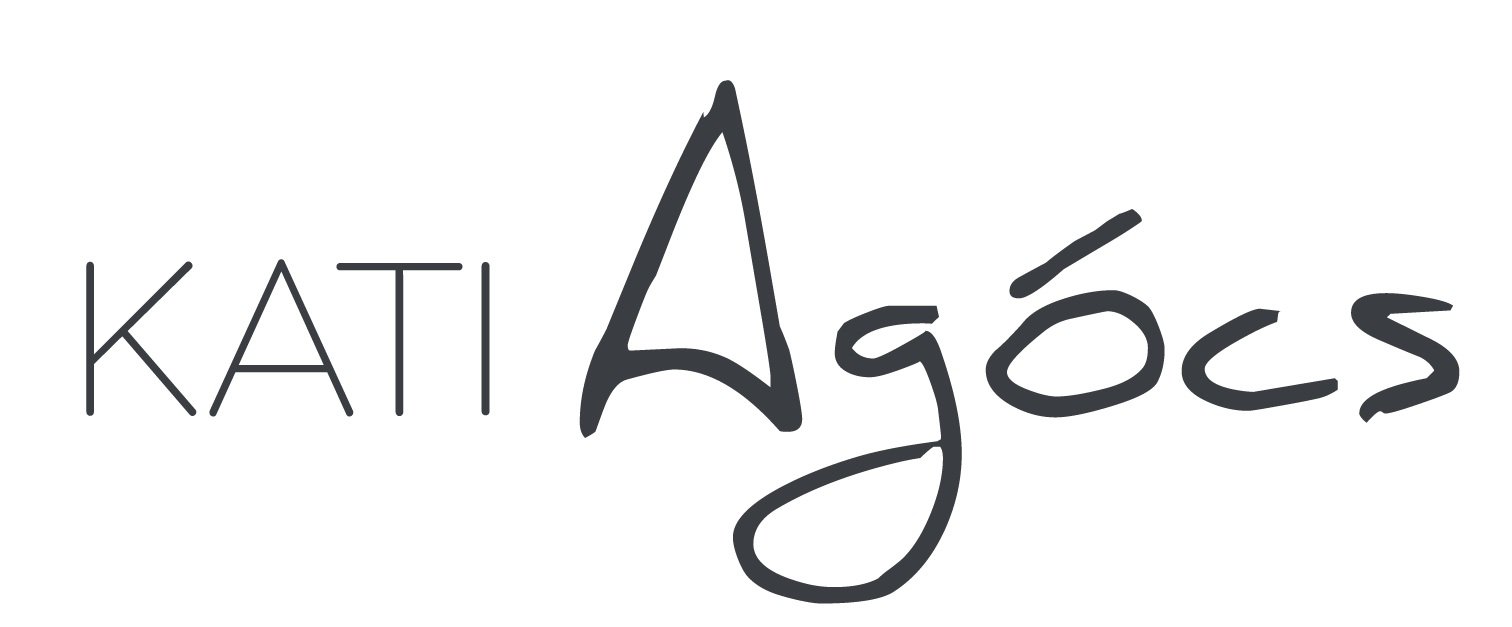IMPRIMATUR (STRING QUARTET #2) (2018)
“Modern, lyrical, and fugue-like in its interplay between the four players, Imprimatur challenges both the players and the audience with a hybrid of old and new… a roller coaster of sound, emotion and technique.” - SMILE POLITELY (CHAMPAIGN-URBANA’S CULTURE MAGAZINE), 24 April 2019 (Debra Domal)
“The Jupiter Quartet brought cyclic, coloristic delights to a full house of deeply attentive listeners at a private concert on Beacon Hill last night [at the Harvard Musical Association]. The quartet rendered interpretations of the Debussy String Quartet in G Minor, Op. 10, the local premiere of Boston’s own Kati Agócs’s Imprimatur (String Quartet No. 2), co-commissioned by Harvard Musical Association, and Mendelssohn’s String Quartet No. 2 in A Minor, Op. 13. Though each of the three works maintained a planetary gravitas of its own, within their three distinct styles of musical rhetoric and technical execution, a covert continuity spoke to a unified spiritual content; in an an apotheosis of greater form, unique musical modes of expression as naturalistic, revealed agents within a whole – that is, music as a philosophical language itself.
After Debussy’s Quartet for hors-d’oeuvres, came the Boston premiere of Imprimatur (defined in Latin as an imprinted mark of devotion). Premiered this past summer at the Aspen Music Festival, the seven continuous movements reminded this listener of Beethoven’s Quartet No. 14, Op. 131, even as the work combines elements of plainchant, Bartok-infused folk rhythms (harkening to Agócs’s own Hungarian roots), with technically expressive counterpoint. Opening with a Recitative, the first movement introduced the Dies Irae plainchant as a robust and fragmentary thesis. Followed directly by the freshly contrasting Ostinato movement, marked by pizzicati and syncopated mixed-meter, one sensed a pleading desperation for a justly pious moral order. Sequences of stark pain from the violins dissolved into the fragmented plainchant once again, in the third movement, Enraptured Troping; the dialogues of priests and preachers expounded platitudes, repetitions, creating growing dissonance. The fourth movement, Meditation – Crystal Chains, emerged as fugal entrances with an occasional high-register stretto. Continuing with confused pleading in dialogue between hysterical register shifts from the violins, contrasted by the Dies Irae from the viola and cello, the movement reached a climax. A brief, plaintive recitative followed from the first violin, which was then enveloped again by the quartet as a whole, before moving into the rhythmically driven flourish of the folk-inspired fifth movement, Wild Dance. This movement, with the rhythmic drive juxtaposed by technical violinistic fireworks, created a Totentanz which seemed to end as soon as it began, then shifting to the sixth movement, Quodlibet (a philosophical/ religious discussion, in the old style). An antiqued style, with Eastern harmonic inflection, paired with fresh modernity, like the second movement, defined the mood of this movement. Broken once again by dissonance, the quartet flowed into the seventh movement, Coda. As a throbbing prayer, the movement scaled heightened rhythmic suspense to its conclusion of the piece, evoking the final climaxes of Bruckner symphonies. - BOSTON MUSICAL INTELLIGENCER, 13 October 2018 (Nicolas Sterner)
“Some of the most attractive contemporary music I have recently heard” - CHAMPAIGN, ILLINOIS NEWS-GAZETTE, 4 MAY 2019 (John Frayne)
